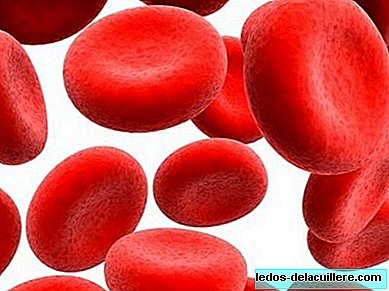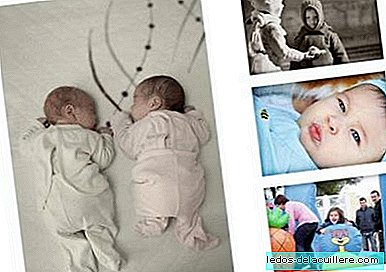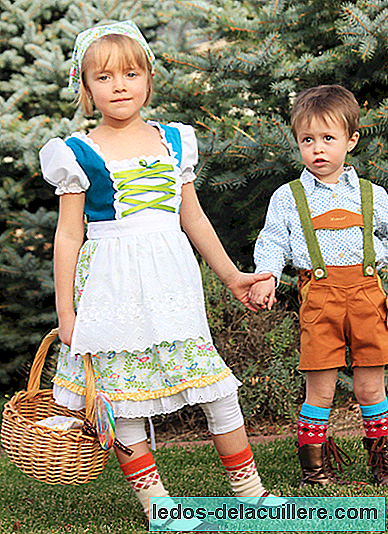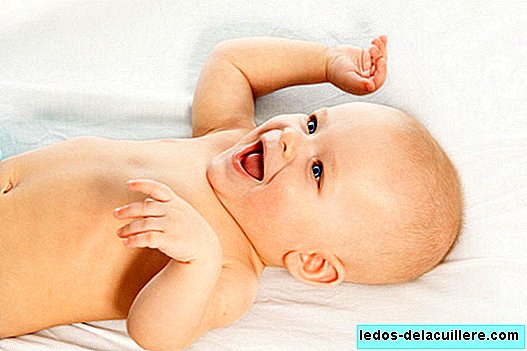
The negative effects of iron deficiency on people's development They have been the subject of research during the last decades, and especially the effects of iron deficiency that occur from fetal age to weaning have been studied.
Although the fact that research is done mainly on animals and that they affect various environmental factors in the results complicates their interpretation in humans.
Yes it seems clear that iron deficiency during childhood would negatively affect development, due to diverse physiological mechanisms and a phenomenon called "functional isolation", which refers to a variety of behaviors exhibited by infants deficient in iron and with anemia (for example they are more fearful, cautious, hesitant ...), all of which may Contribute to its lower development.
The interaction between nutritional and environmental factors can make it difficult to interpret the results of studies in humans, since infants most commonly affected by iron deficiencies generally come from lower socioeconomic classes.
The conditions of these strata can contribute to a poorer development: lack of stimulus at home, education and lower IQ of mothers, maternal depression, absent fathers, low birth weight, early weaning, parasitic infections, high levels of lead in blood and malnutrition in general.
However, even after controlling for these differences, it has been found that iron deficiency anemia during childhood (between six to 24 months of age), it is associated with less cognitive, motor and / or social / emotional development.
The treatment is not enough.
There are studies that show persistent deficiencies in the development of anemic or chronic iron-deficient infants, who received treatment to correct the deficiency and / or anemia. In some studies, the effects remain even beyond 10 years after treatment.
The differences in cognitive tests are significant, both in people of middle socioeconomic class, and in a lower status (then, the negative effect multiplied).
In the document entitled "Beyond Survival: Comprehensive practices during childbirth care, beneficial for the nutrition and health of mothers and children", of the Pan American Health Organization (the regional office of the World Health Organization ), it is concluded that preventing iron deficiency anemia during childhood it can be ensured that children will take advantage and optimize the education they will receive.
However, based on the studies analyzed, it seems that the treatment of an established anemia may not be enough to prevent the negative and long-term effects on development. Therefore, the need to implement interventions aimed at prevent the development of iron deficiency.
Prevent childhood iron deficit
In this sense, interventions such as late cord clamping, which help maintain an adequate level of iron, are of particular importance: we have already seen that late cutting of the cord prevents anemia.
Late cutting improves iron status until six months of age, which has been shown to be important in preventing iron deficiency and anemia during childhood. The iron reserves of birth are a strong predictor of the subsequent state of iron and anemia during childhood.
A child's iron levels at six months depend heavily on the iron reserves at birth and the early cutting of the cord (which can reduce the reserves by up to 33%).
To avoid anemia in babies, one must also ensure that the mother does not have anemia during pregnancy. Therefore, in pregnancy we have to take care of our iron levels, for example by eating foods rich in this mineral and through the recommended nutritional supplements.
In these ways iron deficit can be prevented to a large extent, since the baby's reserves will be greater and he will be able to have the iron insured for at least six months, when the complementary feeding begins.












